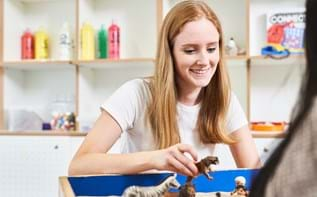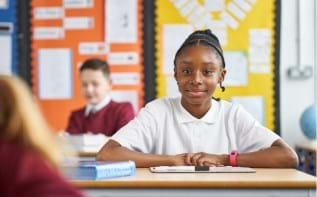Supporting a child who is self-harming
According to NHS figures released today, the number of girls under 18 being treated in hospital in England after self-harming has nearly doubled compared with 20 years ago. Dr Lynne Green, Former Clinical Director at Place2Be, offers some advice for parents, carers and professionals.
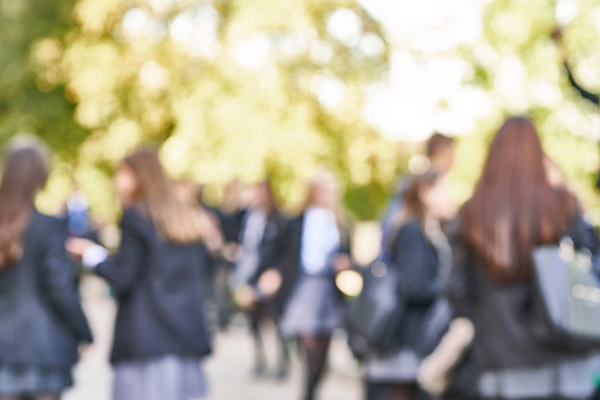
The notion that girls who self-harm are little more than attention-seeking drama queens who mock those in real distress lives on. Sadly, this attitude is present among mental health professionals and not just in those who aren't expected to know about self-harm.
Don't get me wrong. As with most things, there are spectrums—degrees of seriousness. Most young people who self-harm do not have an underlying death wish. They instead use self-harm as a coping mechanism to help them deal with life's stressors. For some, self-harm may be a one-off experimental behaviour or even an attempt to fit in with the crowd. However, the evidence that those young people who self-harm are much more likely to die by suicide than those who don't is undeniably worrying.
So when should we be worried? Whilst we can never be 100% confident of understanding the intent behind self-harming behaviours, we have learned a lot about factors that increase risk.
An increase in the frequency or severity of self-harming behaviours, particularly against other mental health difficulties or complex physical health problems, is cause for concern.
Experience of past or current trauma, including bullying, is well known to increase feelings of hopelessness and self-loathing, leading to risk-taking behaviours and poor life choices.
Youngsters today face unprecedented challenges within the education system. While social media has opened up a whole new world of opportunities, it brings with it an increased sense of vulnerability, plus pressure to conform and present oneself in an unsustainable idealistic way.
How can we help?
Of the many factors that increase risk amongst those who self-harm, one that sticks out to me is stability. Contributors to instability within adolescence include:
- school changes
- friendship dynamics
- increased need for autonomy and independence
- hormone changes
- challenges within family relationships (including parental separation/conflict)
- gender confusion.
Most contributors are challenging to control. So what can we do as parents, carers, health professionals and educators?
The more we can create an environment of stability for our young people, the more we instil a sense of control, hopefulness, and calm in the storm of adolescence. Our children must know they have trusted people they can depend on no matter what.
Don’t be afraid to have conversations with your child about their self-harm. Ask them what they find helpful about it. Try to avoid a judgemental stance, 'lecturing' on the evils of self-harm. Assuming your child is keen to find alternative ways of coping, you can devise a programme together. This could involve:
- identifying triggers to self-harm through real-time recording
- having a plan of alternative activities to use as a distraction
- removing access to items used for self-harm
- removing access to electronic devices at night time.
Spotting signs early is vital. Place2Be's early intervention approach within schools is based on this philosophy. Increased withdrawal, deterioration of important relationships, loss of interest in hobbies, tearfulness, sleep difficulties, and worsening diet can all be indicators of distress. These indicators, coupled with challenging life events and instability, can signal concern.
Remember, you are never alone when it comes to dealing with your child’s self-harm. Whether your child is under mental health services or not, advice is at hand to check what is on offer within your local area. Above all, approach the subject of self-harm with the compassion and warmth you would expect yourself in times of distress.
Further reading
Mentally Healthy Schools – self-harm resources
This blog was written in a personal capacity and does not necessarily reflect the view of the organisation.
News & blogs
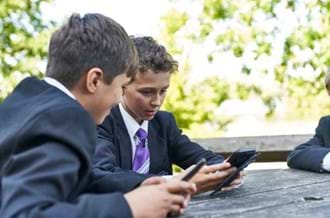
Staying cool and connected with my teens
Programme Leader for Family Work, Judah Racham, reflects on the challenges parents face when connecting with their teenagers.
Read more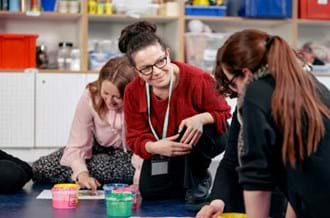
Carleen’s journey: training the next generation of child counsellors
We sat down with Carleen to learn about her counselling journey and what it’s been like training and working with Place2Be.
Read more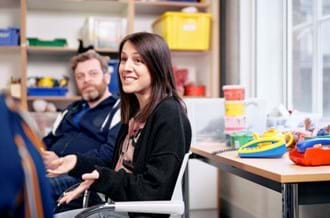
New bursary scheme to remove financial barriers for prospective child counsellors
The bursaries will enable more people to train as counsellors, helping to grow the children's mental health workforce.
Read more


